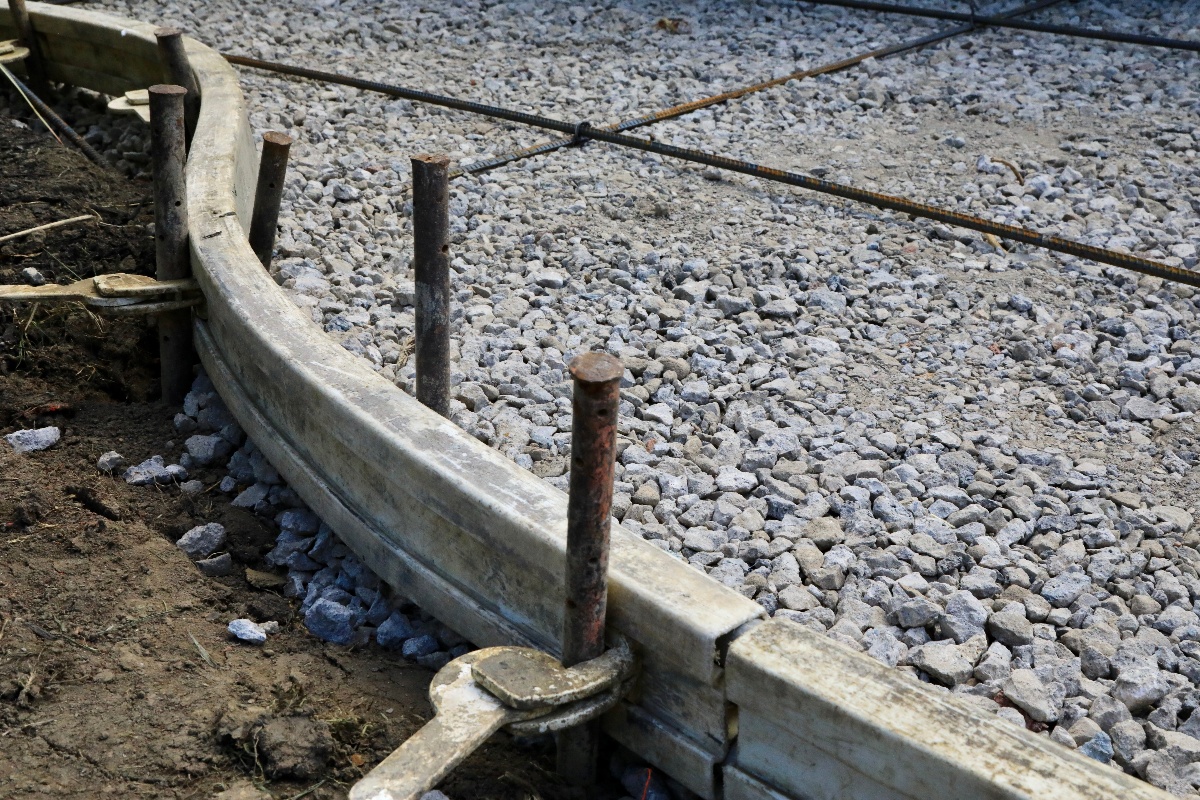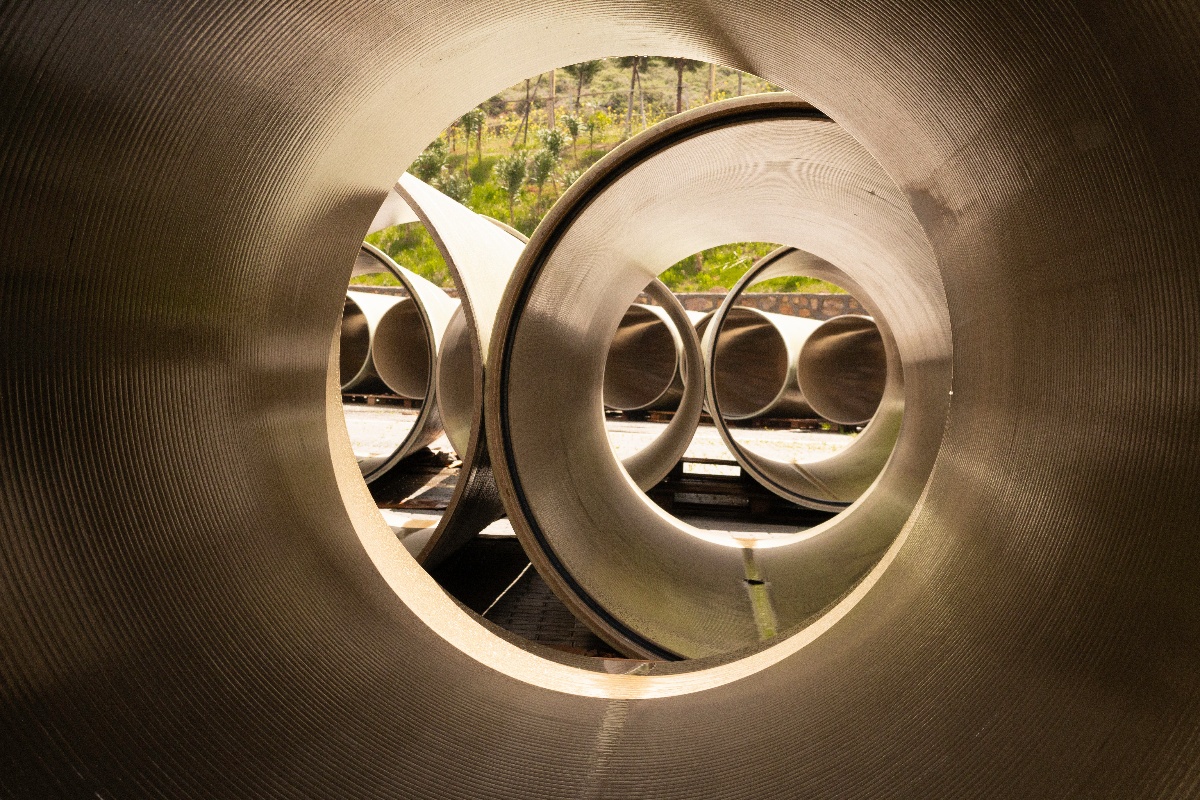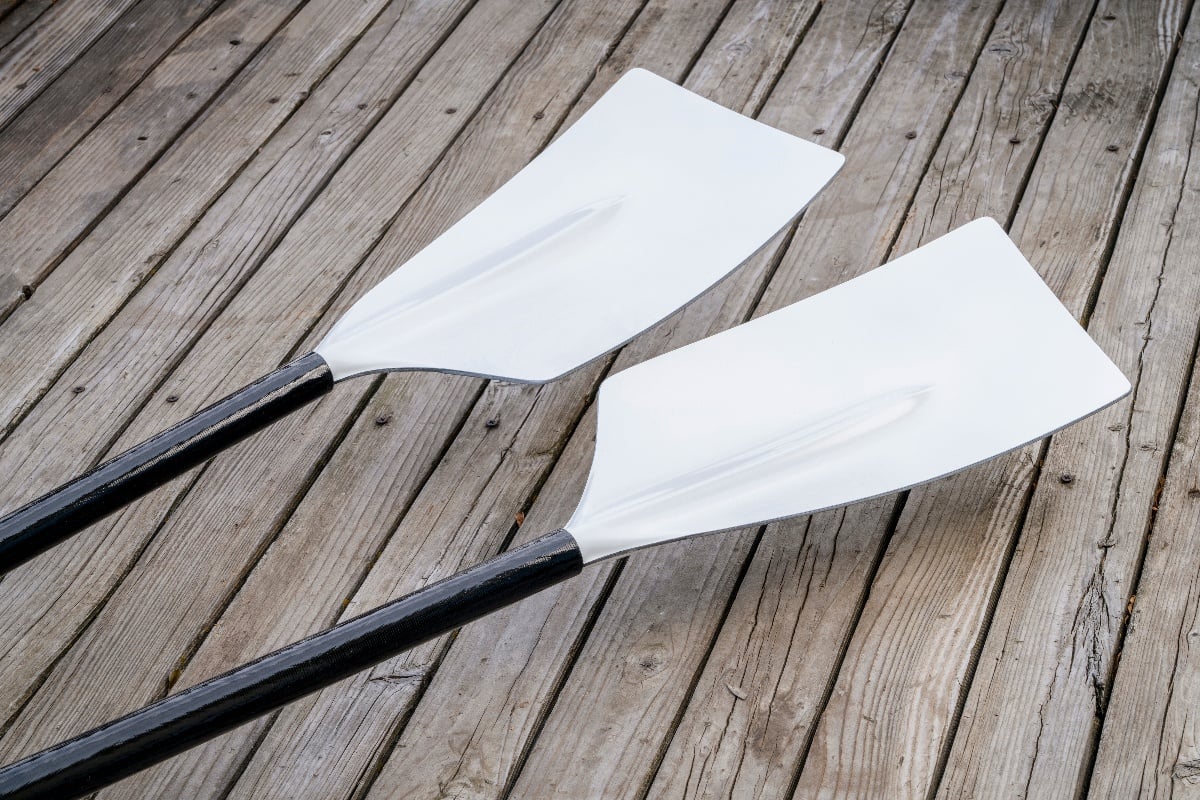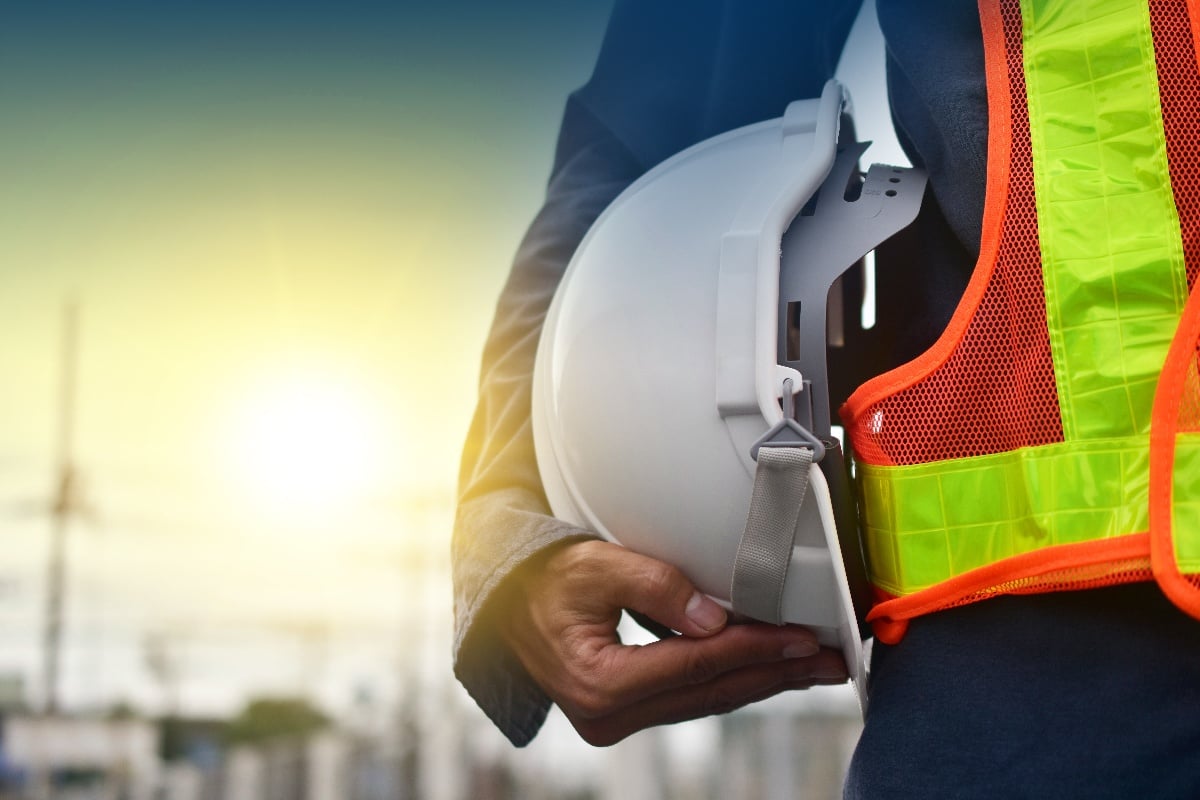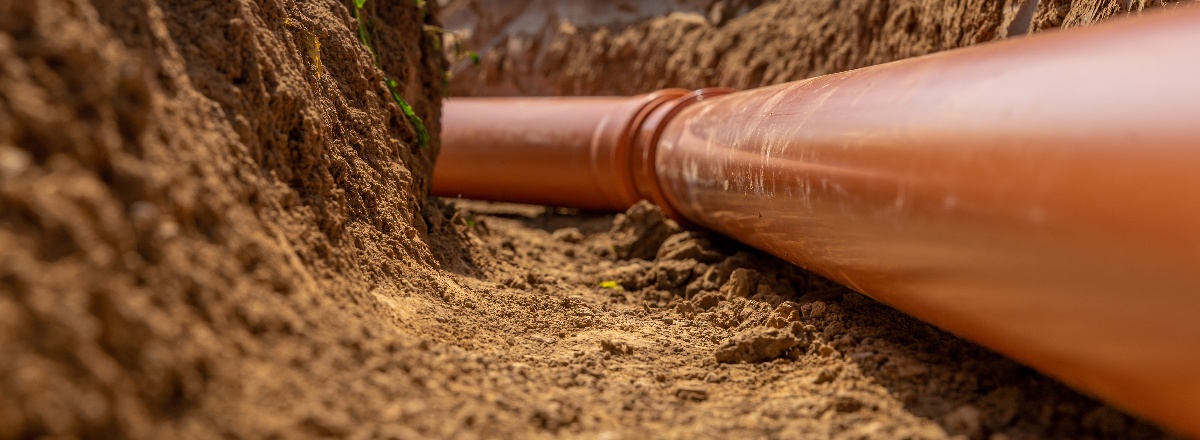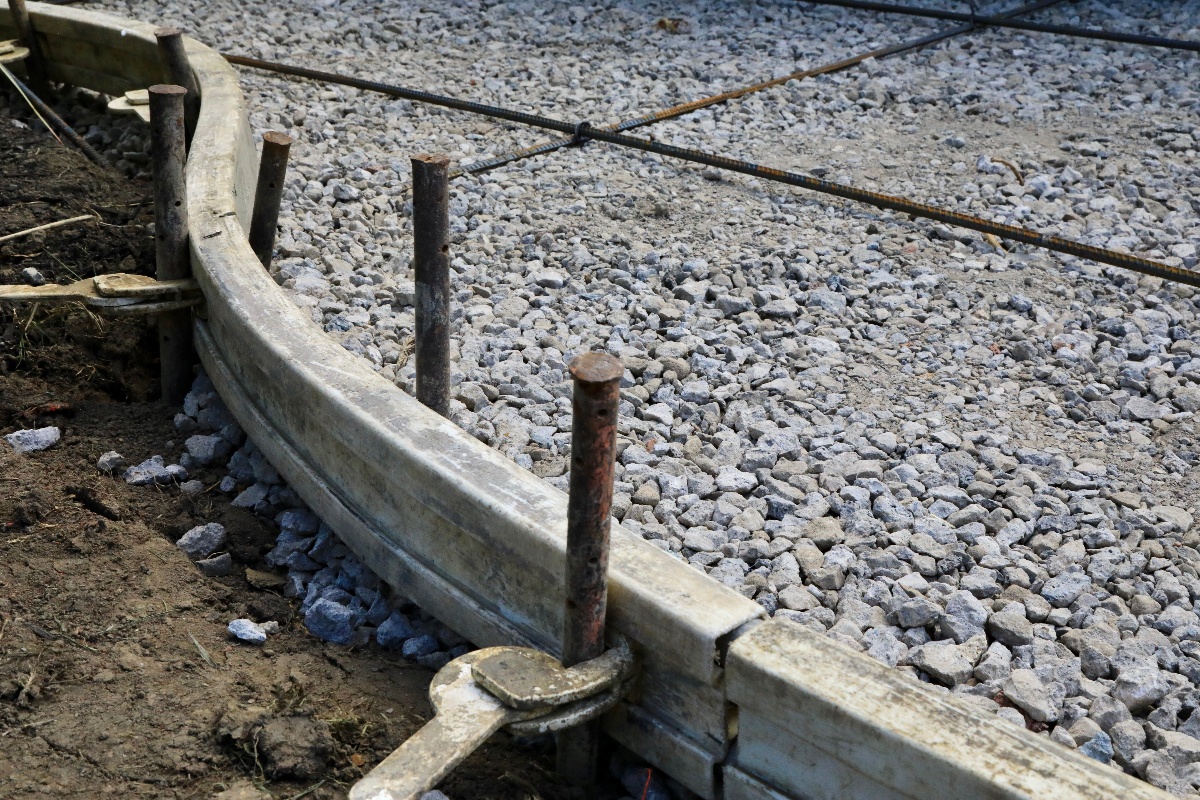
Concrete forms are a critical component in concrete construction. Whether pouring a sidewalk, building a foundation, or structural walls and columns, forms provide the mold into which concrete is poured and cured. Proper form design and material selection are essential for efficient, safe, and aesthetically pleasing concrete structures. Using Pultruded FRP forms assure the form profile remains the same for its entire length. For the benefit of handling and assembly, Pultruded FRP forms can be made larger and longer due to their reduction in weight and in increase in durability.
Forms serve two primary functions. They provide the shape and dimensions for the concrete as it cures while also providing structural support to hold the liquid concrete in place until it hardens. Forms must withstand significant pressure from the poured concrete without bulging or collapsing. They must also be made of non-reactive material so they can be removed after the concrete has cured without damaging the surface. This article explores the key considerations around concrete form design, materials, and construction.
Concrete Form Design Considerations
The materials and design of concrete forms directly impact the fundamental characteristics of the final concrete structure–its strength, longevity, cost, and finished appearance. Engineers must consider key factors when developing specifications for forms, including structural stability, assembly/disassembly time, reuse, surface texture, accommodation of heating elements, insulation, or ties.
Strength and Stability
Forms must be designed to withstand the significant lateral pressure exerted by fluid concrete as it is poured, as well as the weight of the concrete itself. The pressure exerted can range from 150 to 1500 pounds per square foot depending on the rate of pour and depth of the form. Engineers generally use the perimeter of the form and the depth of the concrete pour to calculate the total force load. Then, they design or specify a form system capable of resisting this load without deformation. Steel and thick plywood forms can withstand high pour pressures, while aluminum and thinner composite materials may be better for smaller vertical loads.
Ease of Assembly/Disassembly
The faster forms can be assembled and filled with concrete, the faster overall construction can progress. The time spent erecting and dismantling forms represents downtime where no concrete is being placed. Modular, lightweight, or simple forms to align and connect speed up this process. Built-in connection points, foldable braces, and interlocking edges are some innovations that reduce construction time. Engineers may look to strike a balance between durable, heavy-duty forms designed for multiple reuses and lighter single-use forms that require less time and labor to handle.
Reuse
Certain forms are engineered for repeated cycles of pour and strip. The more pores a form can withstand, the cheaper it is per use. Steel and fiberglass forms with non-reactive coatings are the most durable over dozens of cycles. Wood forms may only withstand a single use before showing wear and tear. Increasingly, plastic modular forms are manufactured specifically for reuse while still being lightweight and tool-less to assemble.
Desired Surface Texture
The texture of the concrete surface after form removal is largely determined by the form material. Wood forms generally provide the smoothest finish where the grain is visible. Aluminum and steel forms exhibit more irregular textures following the panels’ seams and joints. Liners can be added inside the forms to create specialized patterns. In some decorative applications, the form itself creates texture–embedding rocks, breaking up the surface, or embossing. This must be balanced with maintaining adequate structural strength.
Allowing for Insulation or Heating Elements
In cold weather, concrete must be protected to properly cure. Heating the poured concrete can prevent freezing while accelerating curing. Running heating pipes or electric heating cables inside or along concrete forms warms the structure from the inside and faces outward. The forms must allow for these heating elements and insulation materials during their design without compromising strength or concrete flow around obstructing components.
Incorporating Ties and Anchors
Ties provide the structural connection between the form panel assemblies. Anchor rods tie the entire form to the previous structure or foundation. Forms must have a designed-in capability to integrate these tie points between panels or floors without becoming unstable under filled pressures. Tie components also create holes in forms that must be accounted for.
One material in particular that can meet these design requirements is fiberglass-reinforced plastic (FRP).
Fiberglass Reinforced Plastic for Concrete Forms
Fiberglass-reinforced plastic has emerged as an intriguing concrete form material option that combines durability, strength, and lightweight modular construction.
FRP forms consist of glass fibers bound in a polymer resin matrix, typically polyester or vinyl ester. The glass fibers provide exceptional tensile strength and resistance to bending strains. FRP panels reinforced with glass strands can withstand high amounts of pour pressure before exhibiting structural issues–equivalent to many steel forms.
Lightweight FRP panels reduce transportation costs and make assembly/disassembly faster compared to steel or traditional plywood forms. Individual panels weigh less than steel, speeding setup time and reducing the risk of worker injuries. FRP forms can also be manufactured with embedded ties, clips, and connection points for intuitive, tool-less assembly.
The composition of FRP enables hundreds of pours over years of use with appropriate coating maintenance between cycles. The non-reactive resin coatings easily detach from cured concrete. The modular interlocking panels lock tightly together during pours and then disassemble.
Smooth FRP form surfaces leave an attractive, consistent architectural gray concrete finish. For textured patterns, liners can adhere to panels while maintaining the longevity and strength central to FRP’s value proposition.
With low maintenance costs, quick assembly, and longevity, combining the best attributes of steel, aluminum, and plywood forms, FRP represents an emerging sustainable solution for delivering quality concrete structures. Engineers should consider FRP’s advantages for both flatwork and walls/columns where strength, finish, speed, and reduced labor take priority.

